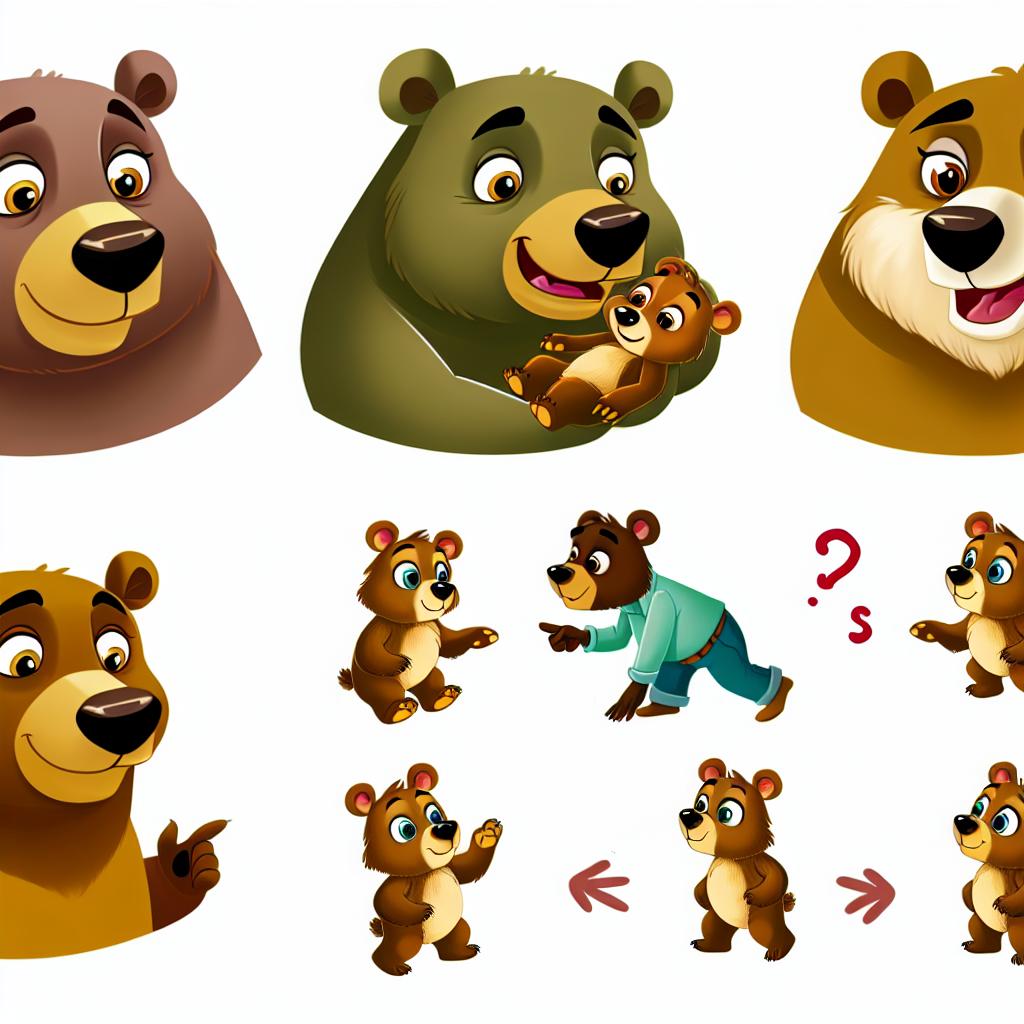The Birth and Early Days
Bears, known scientifically as Ursidae, experience a fascinating journey from birth to adulthood. The life cycle begins when bear cubs are typically born in a den during the winter months. Denning serves as a crucial period, allowing mother bears to keep their young warm and safe from predators.
At birth, cubs are blind, hairless, and immobile, weighing only about 0.5 pounds. Within a few weeks, they begin to grow fur, open their eyes, and gain mobility. By spring, the mother bear and her cubs will emerge from the den, ready to face the world in search of food.
Dependence and Learning
During the first few years, cubs remain highly dependent on their mother for survival. The mother bear plays a vital role in teaching her young how to forage and hunt. Cubs learn crucial skills like climbing trees to escape danger and finding edible plants, berries, and insects.
Social learning is another critical aspect of this stage. Cubs often interact with their siblings and the mother to understand behaviors necessary for survival. The learning phase sets the foundation for becoming independent, adaptable bears.
Juvenile Phase
As cubs transition into juveniles, typically around 1.5 to 2.5 years of age, they begin to gain some independence. By this time, their reliance on the mother decreases, but they still stay close, enhancing their foraging and hunting skills. Juveniles are more curious and adventurous, which can sometimes lead them into conflict with other wildlife or humans.
The juvenile stage is essential for mastering the skills taught by the mother. During this period, juveniles learn to establish personal territories, which they will defend once they become adults.
Adulthood and Independence
Reaching adulthood, generally around 3 to 5 years old, bears are fully independent. They establish and claim territories, often marked by scent marks or tree scratches. Adult bears are proficient hunters and foragers, capable of surviving in various environments, from forests to mountains.
Reproduction becomes a focal point for adult bears. The mating season typically occurs during spring or early summer. After mating, females may experience delayed implantation, where the fertilized egg does not immediately implant in the uterus. This adaptation ensures that cubs are born during the winter when the mother is in the safety of a den.
Conservation and Challenges
While many bear species remain widespread, they face numerous challenges. Habitat loss, human encroachment, and climate change pose significant threats to bear populations. Conservation efforts are pivotal in ensuring these majestic creatures continue to thrive.
Organizations such as the World Wildlife Fund actively work to protect bear habitats. Awareness and support for these initiatives can help mitigate the threats to bear populations, preserving the intricate life cycle from cub to adult.
Understanding the life cycle of bears provides valuable insights into their behavioral patterns and survival strategies. Ensuring a balanced ecosystem is crucial for their continued existence, highlighting the need for responsible conservation efforts.

